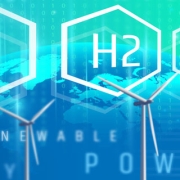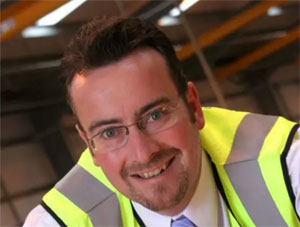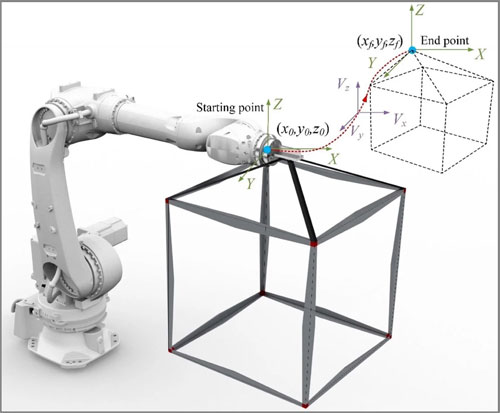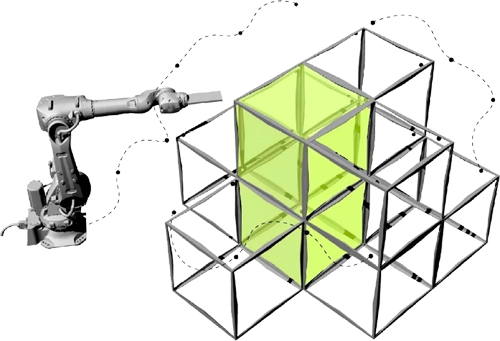Thanks to a flourishing partnership with modular home manufacturer ilke Homes, Euramax Solutions has proven itself to be the ideal supplier for the modular market. Managing Director Nick Cowley explains…
With the potential to be completed up to 50% faster and 30% cheaper, while producing 90% less waste, modular methods of construction offer many benefits when compared to traditional building methods.
Firstly, the factory-controlled production environment eliminates factors that can often impede construction projects, such as disruption from weather conditions. Secondly, increased control improves quality, and with stringent quality checks in place at various stages along the production line, components are much more likely to reach their assembly site without any defects.
The ideal supplier – Working from a state-of-the-art 205,000 square foot manufacturing facility, Euramax Solutions manufactures high-quality uPVC and aluminium windows and doors that are the perfect fit for modular buildings.
With stylish, high-quality products matched with outstanding quality control and a seamless delivery process, it’s no surprise that the Barnsley-based company has been chosen as a main supplier of modular home manufacturer ilke Homes.
Based in Knaresborough, North Yorkshire, ilke Homes manufactures up to 2,000 modular homes every year for local authorities, housing associations, developers and private investors, and can produce a home in just 15 days, with four modules coming off the production line each day.
“In order to increase our output, we needed to collaborate with like-minded suppliers, and for the past two years, Euramax has really understood our manufacturing processes,” comments ilke Homes Procurement Manager Rachel Kaye.
“In addition to supplying us with high-quality products, Euramax provides an excellent, efficient delivery service, really allowing us to streamline and get the most out of our production processes.
“Communication between everyone in the modular supply chain is vital to success, and thanks to regular monthly meetings and consistent input from Euramax’s technical team, we’ve been able to continue successfully producing modular homes.
“Apart from being a reliable, trustworthy supplier, Euramax has allowed us to achieve the best possible outcome for our products.”
Ongoing partnership – As a business, ilke Homes prides itself on creating modern homes that merge effortlessly into local communities, and so the windows and doors they install need to reflect this.
As part of an ongoing partnership, Euramax supplies them with stylish products in classic white and anthracite grey, and even sourced a specific grey frame – called Moondust.
ilke Homes’ windows and doors also need to meet stringent quality and safety measures, and as such, Euramax works to meet the safety requirements for modular homes, which includes ensuring each room has a fire escape.
They also make certain that all window sizes and apertures, whether a top hung or drop window, remain the same.
Euramax also ensures its delivery process reflects ilke Homes’ requirements for quality control and carbon reduction by delivering all its products in stillages, which protect the products during transportation, minimising the risk of damage while also eliminating unnecessary plastic waste.
Module identification numbers (MINs) are also provided for each stillage – these are specific to the windows and doors for each house and module type, ensuring products can be installed without hassle.
Future relationship – Euramax Solutions Managing Director Nick Cowley comments: “Removing the complexity from supply chains, reducing production costs and increasing productivity is what we do every day for our clients in the modular construction sector, and since partnering with ilke Homes, we’ve been delighted to supply such a big name in this market with our products.
“We’re so pleased that the company is happy with both our products and our delivery service, something we are very proud of.
“It’s a real testament to our hard work and commitment to growing the modular construction market, and we look forward to working with ilke Homes for many years to come.”














